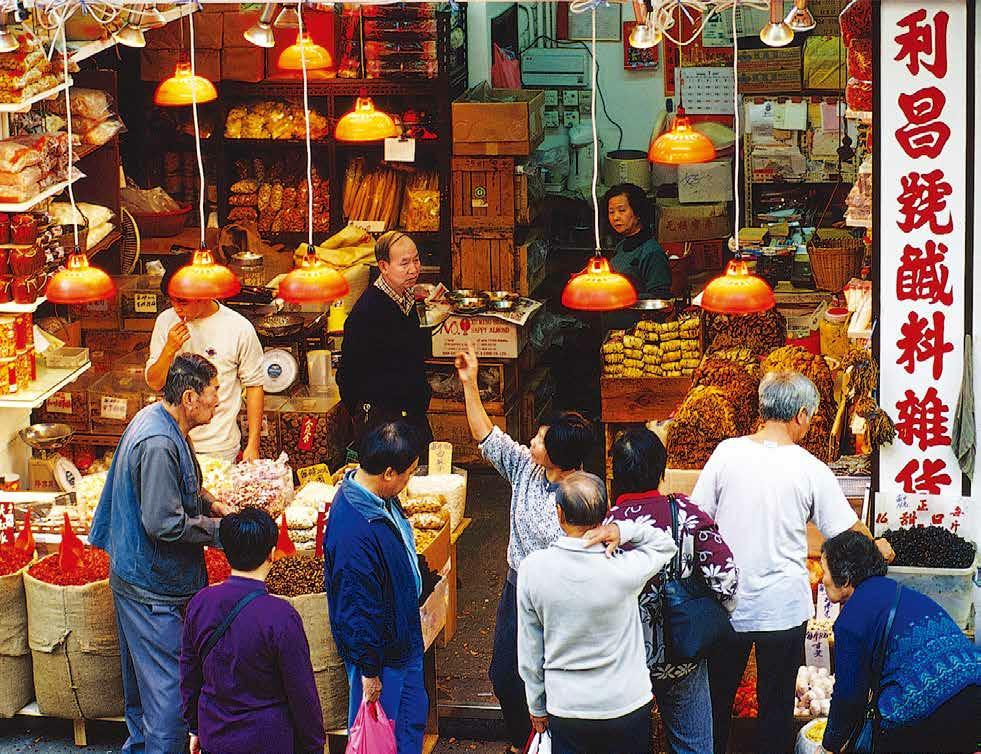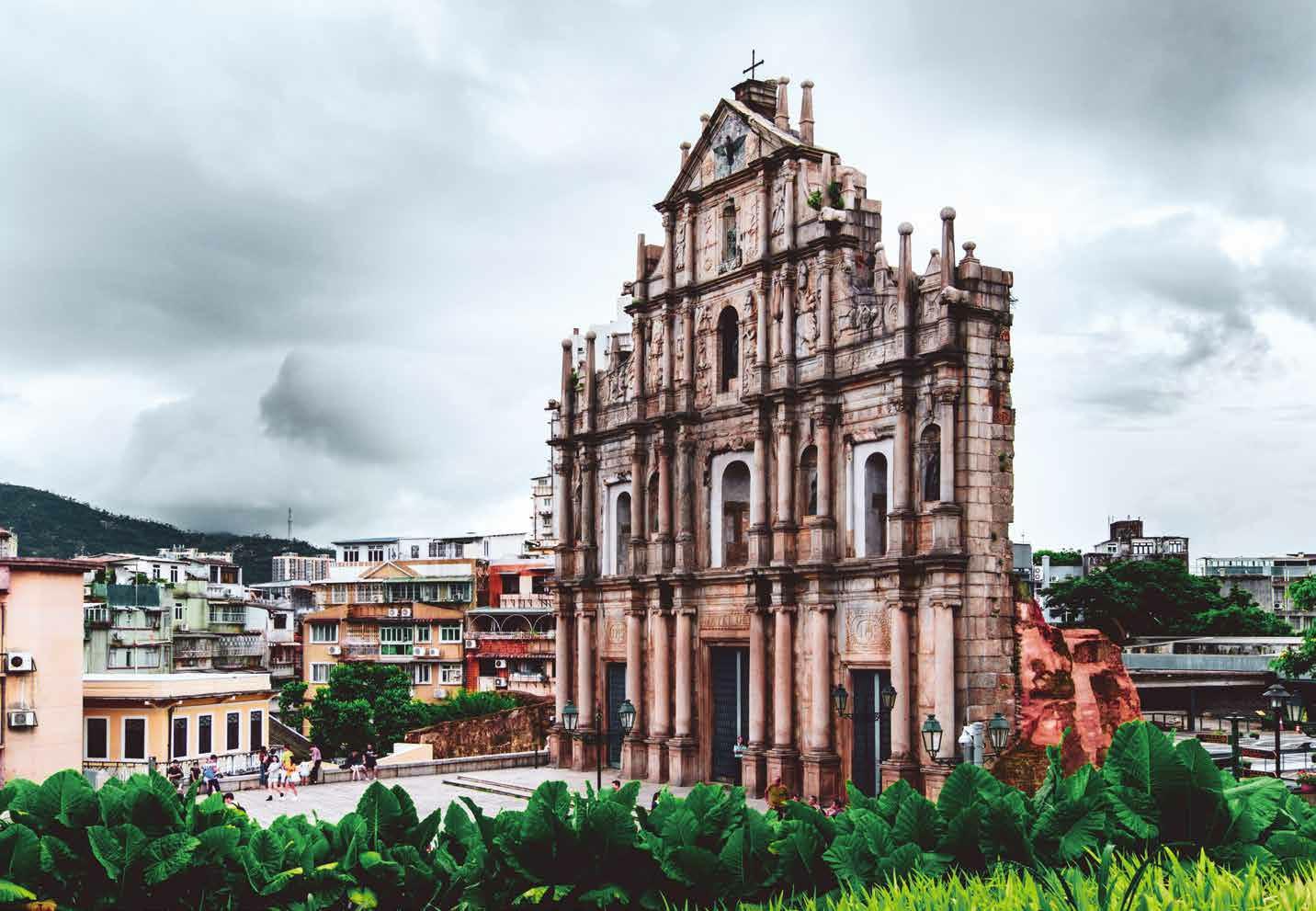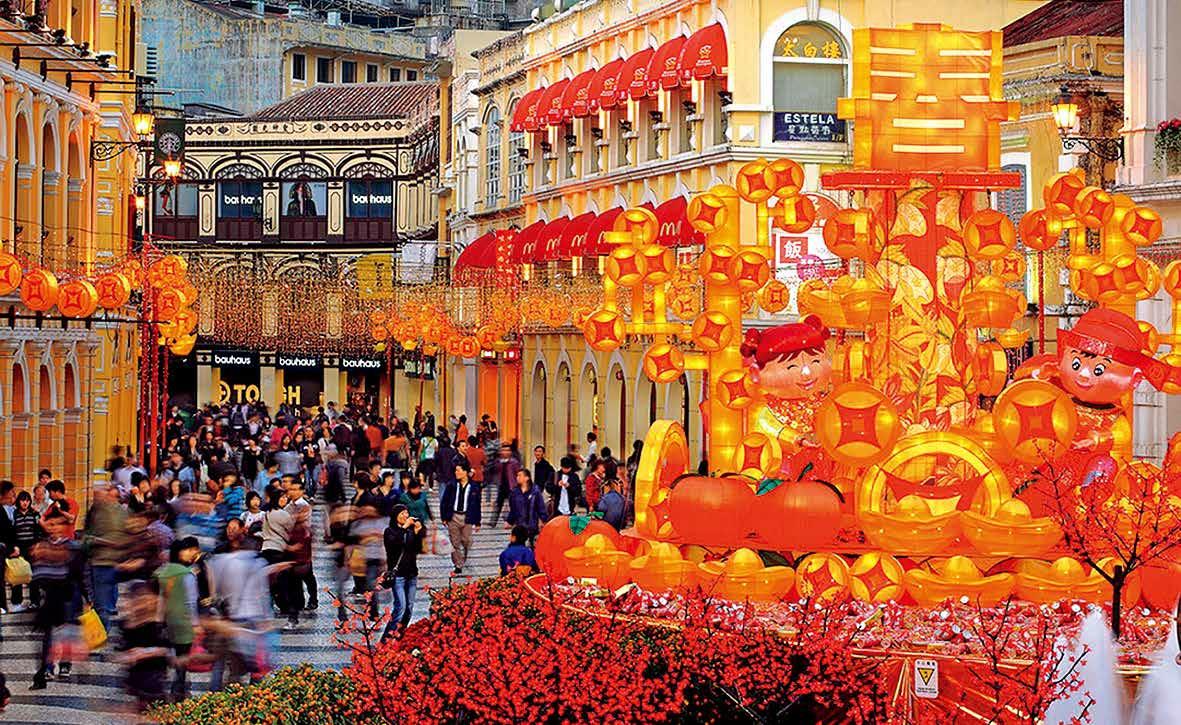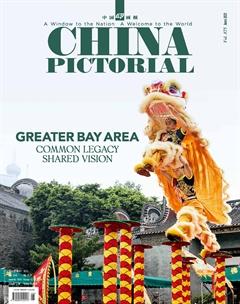The New Face of Lingnan Culture the Big Future of the Greater Bay Area
by Chen Pingyuan
Guangdong Province, which quietly hid at the southern edge of China before the Tang(618-907) and Song (960-1279) dynasties, woke up and developed fast after the Ming Dynasty(1368-1644). Its rise has been interpreted as symbolic of the gradual expansion of Chinas cultural center southward. For a long time, Lingnan, a geographic area covering the modern Chinese areas of Guangdong, Guangxi, Hainan, Hong Kong and Macao, developed far behind Chinas Central Plains in terms of economy and culture in antiquity. Since the late Qing Dynasty (1644-1911), however, the Chinese people, especially the Cantonese, have made many remarkable achievements developing the region.
In 1905, renowned modern Chinese thinker and intellectual Liang Qichao (1873-1929) analyzed the position of Guangdong in world history in an article. He noted that for a long time in Chinese history, Guangdong, located in the remote Lingnan area, was considered as a place of little value. However, he stressed that in terms of world history, Guangdong has been very important because of its key geographic location. Because of convenient conditions for sea travel, Cantonese people started developing a vigorous, active and adventurous character.
Ten years ago, I wrote an article on competition and dialogue between the cultures of Guangzhou, Shenzhen and Hong Kong. The three places are all major metropolises with populations of 12.7 million, 10.35 million, and 7.1 million, respectively. Hong Kong leads in terms of financial strength and per-capita output value, but the gaps among the three places have been narrowing. After completion of the GuangzhouShenzhen-Hong Kong high-speed rail, traveling from Guangzhou to Hong Kong via Shenzhen, a total distance of 142 kilometers, takes only 48 minutes.
Its exciting to watch the three international metropolises with the same Lingnan cultural genes become integrated into a splendid city cluster and to track how the three cities work together and move forward hand in hand. But these days, recognition of Macao is necessary to complete the picture of the Greater Bay Area.
The same dialects, customs and cultural memories of people in these places evidence that they all belong to the “Lingnan culture”area in the traditional sense. But what is Lingnan culture? I tend to describe it in a perceptual way. Its more focused on practicality than pomp and promotes a rational, modest, flexible and motivated character. This culture dislikes unreasonable stubbornness and doesnt advocate the notion of never giving up an ambition until there is no way out.
Guangzhou people are confident in the positive energy Cantonese transmits. The move is far sighted and wise, especially considering that most of the dialects in China today have faded from classrooms and even literary circles. Dialects used only in folk culture become increasingly secular and fail to follow the fast-changing academic, ideological and cultural development. However, because of Hong Kong, Macao as well as the strong economic development of the Pearl River Delta, Cantonese is still widely used and remains fresh. In the long term, the vitality of a dialect can be interpreted as a huge cultural wealth and an important indicator of a citys cultural maturity. An era that moves so many to open their eyes to the world begs the question of whether people will remember being back home. And “back home” includes the traditional classic culture, local costume, food, architecture, transportation, dialect and spirituality.
Lingnan culture is not a fossil, but a living organism undergoing constant transformation. Since the reform and opening up in the late 1970s, many Chinese relocated to Guangdong for the fast economic development of the Pearl River Delta. According to statistics, by the end of 2015, the permanent population of Guangdong had reached 104 million, making it the only provincial-level region in the country with a permanent population greater than 100 million at that time. Guangdong also has the largest migrant population of 31.28 million, 12 percent of Chinas total migrant population. Such a large population flow helped Mandarin become a mainstream language in the province. And the local food has become more diverse, influenced by the lifestyles of people from other regions of China. Now, people in Guangdong also eat chili peppers and drink Moutai liquor. Famous Cantonese cuisine and Chaozhou cuisine are also advancing with the times. Lingnan culture has not only retained its genes during the transformation and development, but has grown with impressive vitality.
The times have changed, and it is now impossible for any regional culture to maintain all the old rules. Introduction of foreign cultures and the influx of large numbers of immigrants have caused Lingnan culture to evolve. Besides, academic culture is also important alongside basic folk culture needs.
In my opinion, food, costume, handicrafts, architecture, dialects and Cantonese Opera are all important topics of Lingnan culture. However, education, especially higher education, demands the greatest attention and development guidance, so that the local culture will develop a greater academic vision and a more prominent voice. Education is a project of vital and lasting importance that deeply influences politics, the economy, and technology. Education in Guangdong, Hong Kong and Macao has strengths and weaknesses. If each place can learn from the other, the region has the potential to become a leader in basic education and higher education in China.
If a Greater Bay Area education alliance can be established to unite the high-quality educational resources in the three places to focus on communication and dialogue and advocate cooperation and healthy competition, education throughout the region will improve. It would be even more meaningful to gradually eliminate ideological barriers in this process and promote social stability and sustainable development in the area.
Construction of the Guangdong-Hong Kong-Macao Greater Bay Area has been a far sighted big-picture strategy focusing on complementary economic traits, political and systematic dialogue, and cultural integration of the three places. Compared to the coordinated development of the Beijing-Tianjin-Hebei region and the Yangtze River Delta, development of the Greater Bay Area will be more difficult to manage due to the different social systems, complex political conditions, and diverse cultures. The blueprint is more ambitious, which is what is needed for the great rejuvenation of the Chinese nation.

